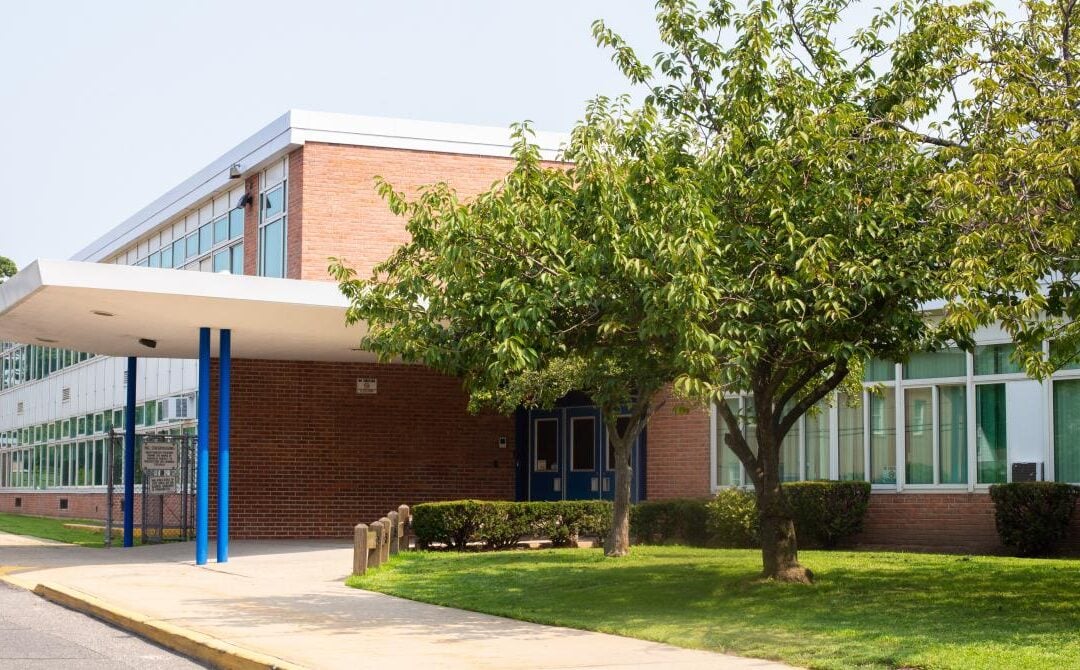We live in a day and age where safety is of paramount concern for school administrations. Most schools already have emergency response protocols and resources in place, such as an EOP (Emergency Operations Plan.) Within a typical EOP there are functional annexes, which are the explanatory, detailed procedures that focus on the resources available, actions to be carried out, and authority involved in the case of an emergency.
What school administrators and safety officers may not yet realize, however, is that implementing digital twin technology can dramatically increase the capability and effectiveness of their existing EOP.
What is Digital Twin Technology?
A digital twin is a virtual replication of an environment or object, designed to reflect its counterpart’s physical properties and processes with incredible accuracy. While a digital twin is essentially a static image, taken at one time, the precision of its measurements and representations of real-life spaces make it incredibly useful for collaboration on maintenance concerns, improvement projects, and emergency preparedness.
It is this collaborative potential, as well as their remarkably accurate representations of physical spaces, that make digital twins such effective tools to enhance security and emergency preparedness in schools.
How Digital Twin Technology Allows For Disaster and Emergency Preparedness
School administrators have to be able to plan for unforeseen circumstances. They need to have protocols in place for possible evacuations, sheltering-in-place, storms, fires, power outages, and more. When there are hundreds of students and staff to be accounted for in these plans, many administrators may find themselves wishing they could walk through all these different scenarios in order to be better prepared for the unexpected.
With today’s digital twin technology, administrators can virtually “walk through” various emergency scenarios with any experts, anywhere, at any time, without ever having to disrupt students and teachers in the classroom. This is accomplished by examining real-life data (floor plans, security equipment, number of students and faculty, etc) against a precise, digital rendering of the physical building’s interior and exterior.
This capability gives schools and administrators multiple advantages as they are preparing an EOP:
Ease of Creating Emergency Evacuation Plans
There are many factors at play when creating an evacuation plan in a large, high-occupancy building. The number of exits, the volume of occupants, and the maximum capacity of exit routes can prove to be a difficult puzzle to solve, but in a real-life emergency scenario, there is no time for complicated problem-solving. A reliable, tested plan is necessary.
With digital twin technology, contingencies in evacuation plans can more easily be planned for and dealt with in advance of a real-life emergency. This is accomplished by using detailed, accurate data from the school’s digital twin as a reference point when planning evacuation routes and protocols. With a digital twin, administrators and safety officers can make reliable plans remotely without having to be on-site at the school.
Sharing and Collaborating on Emergency Response Plans
A big part of an effective EOP is ensuring all parties, from school faculty to emergency response teams, have the most accurate, detailed information possible to keep students and staff safe. With digital twin technology, precise data can be shared electronically between the school and emergency personnel to make sure everyone is prepared in the event of an emergency.
Digital twin technology also enables efficient collaboration between parties, via annotation, as emergency response plans are being mapped out and refined.
Allowing Emergency Response Personnel to Virtually Walk-Through the Building
In certain critical emergencies, where officers need precise, thorough information before safely entering a school building, digital twins allow emergency response personnel to plan out and “walk through” routes without unnecessarily putting anyone at extra risk or exacerbating an already dangerous situation. In this way, access to a digital replica of a school building has the potential to save lives.
Whether you are a school administrator or a safety officer, keeping your school safe and secure is one of your highest priorities. By increasing the robustness of functional annexes already in place, digital twins are helping create more effective, efficient EOPs and increasing the safety of students and school faculty.
At Perspective 3D, we have the tools and expertise to help organizations and businesses enhance the safety of their buildings through the help of digital twins. If you’re ready to take the next step, we’d love to chat.
